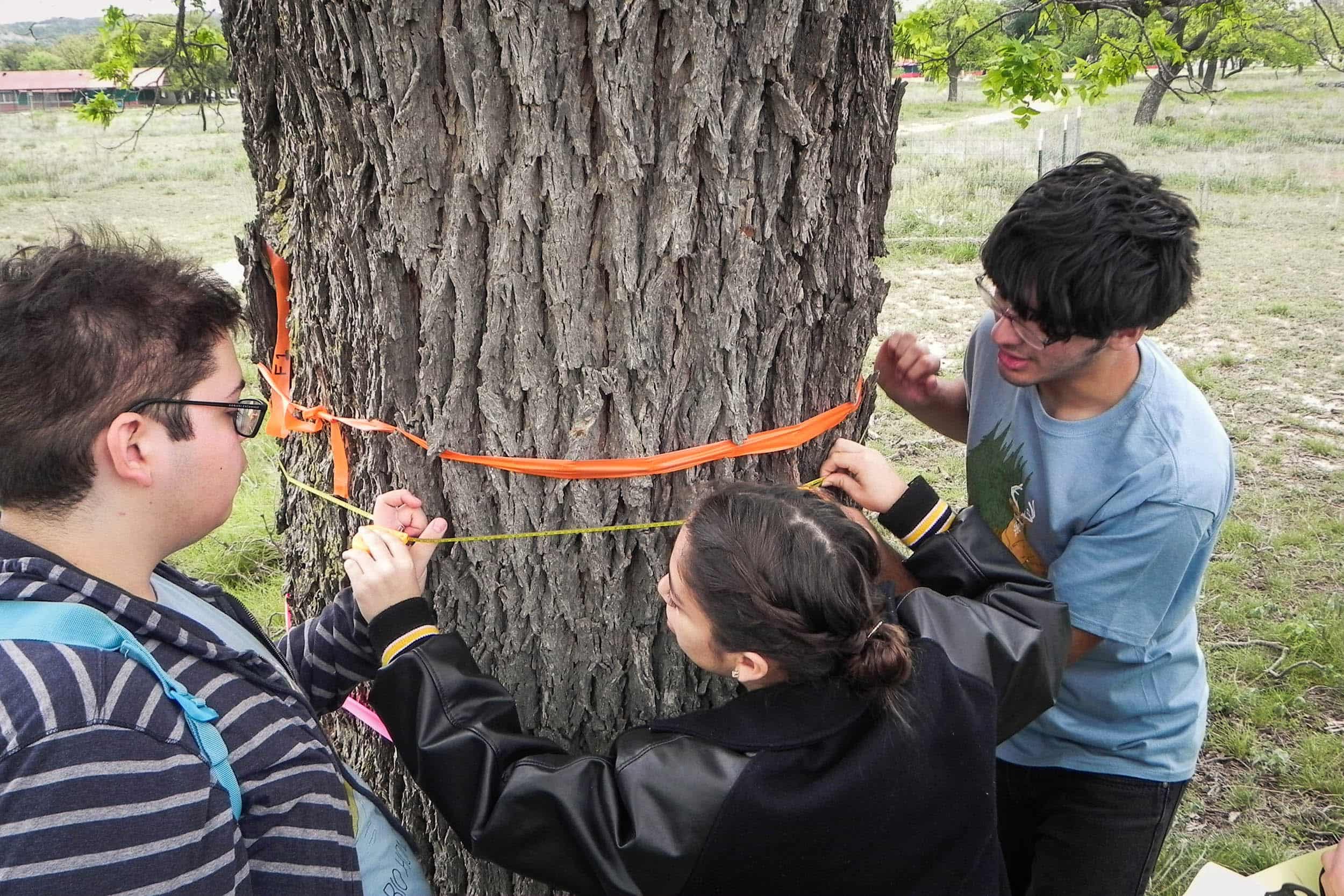
Forestry

Physiology of Trees
Forest Ecology
Learning Objectives
- Know the typical forest structure: canopy, understory and ground layers and crown classes.
- Understand forest ecology concepts and factors affecting them, including the relationship between soil and forest types, tree communities, regeneration, competition, and primary and secondary succession.
- Identify the abiotic and biotic factors in a forest ecosystem, and understand how these factors affect tree growth and forest development. Consider factors such as climate, insects, microorganisms, and wildlife.
Sustainable Forest Management
Learning Objectives
- Understand the term silviculture, and be able to explain the uses of the following silviculture techniques: thinning, prescribed burning, single tree and group tree selection, shelterwood method, clear-cutting with and without seed trees, and coppice management.
- Explain the following silviculture systems: clear-cutting, seed tree method, even-aged management, uneven-aged management, shelterwood and selection.
- Understand the methodology and uses of the following silviculture treatments: Planting, weeding, pre-commercial thinning (PCT), commercial thinning and harvesting.
- Know how to use forestry tools and equipment in order to measure tree diameter, height and basal area.
- Understand how the following issues are affected by forest health and management: biodiversity, forest fragmentation, forest health, air quality, aesthetics, fire, global warming and recreation.
- Understand how forestry management practices and policy affect sustainability.
- Understand how economic, social and ecological factors influence forest management decisions.
- Learn how science and technology are being utilized in all aspects of forest management.
Trees as an Important Renewable Resource
Learning Objectives
- Understand the importance and value of trees in urban and community settings, and know the factors affecting their health and survival.
- Understand the economic value of forests and know many of the products they provide to people and society.
- Explain the ecosystem services provided by trees, and understand why trees and forests are important to human health, recreation, wildlife, and watershed quality.
Tree Identification
Learning Objectives
- Identify common trees without a key and identify specific or unusual species of trees or shrubs through the use of a key.






